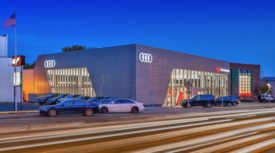Building Envelope
Elegant Glass and Sustainable Design at an Airport for All
Read More
Get our new eMagazine delivered to your inbox every month.
Stay in the know on the latest building & construction industry trends.
SUBSCRIBE TODAY!Copyright ©2024. All Rights Reserved BNP Media.
Design, CMS, Hosting & Web Development :: ePublishing
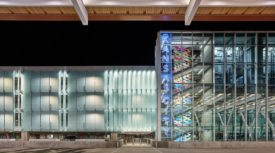

.jpg?height=168&t=1703026308&width=275)

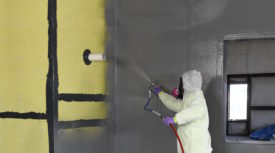
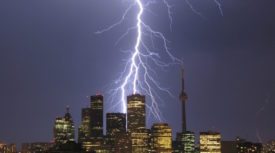
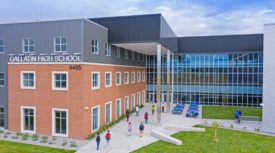
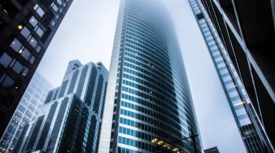
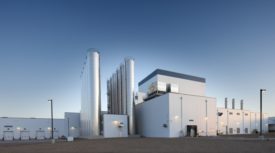
.jpg?height=168&t=1693230691&width=275)
